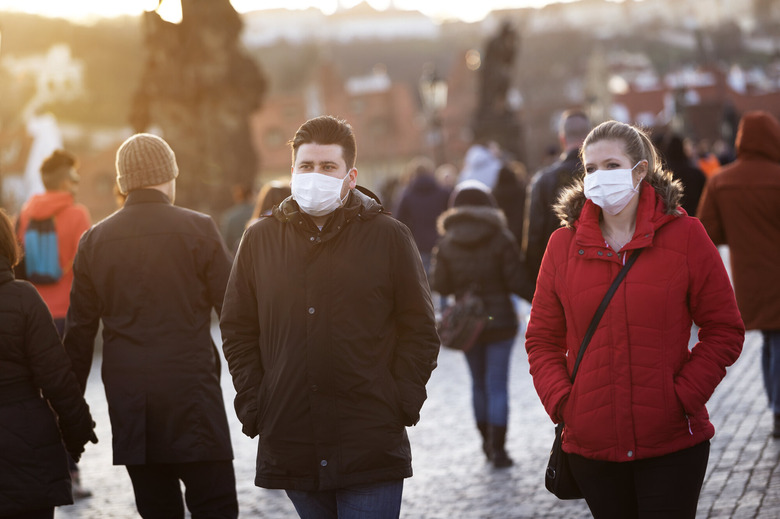This Is The Worst Coronavirus News You'll Read All Week
- The return to normal might take longer than initially expected, with a Singaporean official saying that it might take four to five years for life after the coronavirus pandemic to fully return to normal.
- Dutch officials have said recently that the world is battling two COVID-19 epidemics, the old one that's currently in decline and the new one that's fueled by various mutations.
- New coronavirus mutations that can reduce a vaccine's efficacy, combined with slower rollouts of vaccines and increased public resistance to health measures, might further prolong the pandemic.
When will life return to normal now that the world has coronavirus vaccines that can prevent severe illness and death? Many have tried to answer that question so far, and most speculation has been promising. Dr. Anthony Fauci and Bill Gates are among the experts who said that countries like the US could revert to almost a normal life by the end of 2021. Some estimates were better than others, with Fauci saying in some interviews that life could return to a meaningful degree of normalcy by late summer or early fall. But there were big "ifs" attached to those optimistic predictions: They would require a large percentage of the population to be immunized and most people would have to continue to respect health measures.
A series of new developments might make those predictions seem laughably optimistic in hindsight. The vaccination campaigns aren't going at full speed, but not because of resistance from anti-vaxxers. There's still not enough vaccine supply for the people who qualify and want to be vaccinated. On top of that, a trio of mutations is spreading rapidly in various countries, and researchers worry that one of the mutations might impact vaccine efficacy.
These factors could impact the return to normal life, and an estimate from Singapore says that it might take four to five years before things really go back to normal.
"It may take four to five years before we finally see the end of the pandemic and the start of a post-Covid normal," Singapore's education Lawrence Wong said on Monday, per The Wall Street Journal. Wong also co-chairs the government's COVID ministerial task force, so he's involved in the country's response to the pandemic.
Looking at the economic impact of COVID-19 on the world as well as the new mutations, The Journal pointed out one other problem that the Western world has to face, even if countries are able to immunize a large percentage of the population to reach herd immunity rapidly. As the US and European countries become immune to the current strains, the virus would continue to mutate and evolve in regions of the world that do not have access to vaccines. The longer the coronavirus continues to mutate in those regions, the higher the chances of one of the mutations gaining abilities that impact vaccine efficacy.
"This is one reason why it's important not to think just locally but globally," said Northeastern University scientist Alessandro Vespignani told the paper. "We could have a perfectly rolled-out vaccine campaign in the US and Europe. But if we let the virus go wild and have a lot of cases in other places, that could boomerang—there might be a variant able to escape our immune-system protection."
"We need an infrastructure in place so that whatever goes wrong, we are much better prepared than in March, April, and even now," Vespignani, who models pandemics, said. This would include widespread genomic surveillance, affordable and fast testing, and the capacity to immunize large numbers of people and update vaccines when necessary.
Of the three worrisome mutations, including the UK, South African, and Brazilian strains, it's just the South African version that can avoid neutralizing antibodies to some degree. This means the mutation can infect survivors and can reduce the efficacy of vaccines.
Separately, Dutch officials pointed out last week that the world is already dealing with two separate COVID-19 epidemics. "There are essentially two separate COVID-19 epidemics: one epidemic involving the 'old' variant, in which infections are decreasing, and another epidemic involving the (new) variant, in which infections are increasing," the National Institute for Public Health and the Environment in the Netherlands said.
While the need for more lockdowns and restrictions might arise as various countries grapple with the new mutations, the public's tolerance is growing thin. Riots in the Netherlands a few days ago are the latest anti-COVID public demonstrations. Similar unrest has been seen in various countries ever since the pandemic first began.
